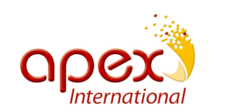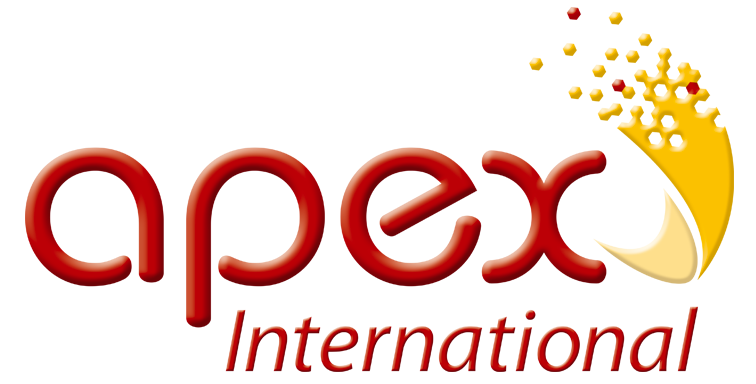

From the time Printing has been accepted as a means of communication, the effort has been to transfer ink from the tray to the substrate. There have been consistent developments and the target has been to improve the quality of fixed palette or expanded gamut print, for short or long run. Different printing processes also developed to suit the printing of various substrates. All the printing processes have some common factors. These are:
- Transfer ink from a tray(container) to the substrate.
- Use the correct shade of ink to get the correct shade in print.
- Use the correct volume to get the correct depth.
- Distribute the ink uniformly to get even colour across the substrate and to get the correct tonal gradation.
- To use the best resolution possible on the press. This is not always true. As there are presses that can print higher resolution, but even than lower resolution is used:
- To suit the substrate being used
- To be safe with a lower resolution
- For multicolour printing to use CMYK + pantone inks of the correct hue and density for correct colour reproduction.
To achieve the above objective every effort has been directed towards improving the depth of the colour and range in print. In the process a higher volume of ink is being used that produces a thicker layer on the substrate and requires more energy to dry.
One look at the recent development that have taken place in the Flexo industry will show that all the photo polymer plate manufactures have tried to:
- Target improved ink transfer in the solid areas to improve the ink transfer(increase the ink volume) to get a higher solid colour depth.
- Trying hard to hold a finer dot(of 1% and below) of a finer screen ruling on plate, at a higher plate and equipment cost that add to the cost of processing the plates
- This capability is limited to the use of special plates and software meant for use with these equipment.
All these require higher investments and add to the cost of production.
Almost all anilox roll manufacturers have tried to create a higher cell volume with finer screen rulings so as to provide the required depth of colour in the solids when using the finer screen on plate.
The time has come to look at the possibility of changing this by:
- Using standard lower density inks for most jobs, improving the printing of the highlights.
- Using a more uniform and thinner layer of ink, without losing the required print densities
- Improve press speed and production capacity
- Improve the colour gamut in print while eliminating the need to use pantone shade inks
- Black ink uses carbon as the main ingredient. The reduction or elimination of black ink in print makes printing more environment friendly and provides you with carbon credits. It makes packaging of food more healthy and less toxic.
- You eliminate the inventory of Pantone inks
- The make ready time required to match the colour in print, on the press. It also reduces the cost of wasted /unused Pantone shade inks in stock at the end of the year, every year.
- Reduce the anilox inventory and use the same anilox rolls for almost all jobs.
- Reduce the overhead costs, with reduced press down time, as you use the same anilox rolls for the same colour on the same station.
One notices that Gravure printing is able to achieve the highest print densities even though they use liquid inks, while in Offset printing the ink densities are the lowest. This is because the ink layer laid on the substrate, in offset, is the thinnest.
If we are to reduce the density of the inks we use in printing than the cost of the inks would come down. By reducing the ink density we are reducing the density of the highlight areas. This will reduce the effect of dot gain in the highlights, which is a major problem in flexo printing. This small change will enable us to print the fine highlight details easily and cleanly. It will also allow us to print the vignettes smoothly even when we use coarse screen with coarser screen anilox rolls. Even though the coarser screen anilox rolls use a higher cell volume and will provide a thicker layer of ink, the lower density in the highlights will reduce the effect of the dot gain to the eye and provide the required softness to the image.



